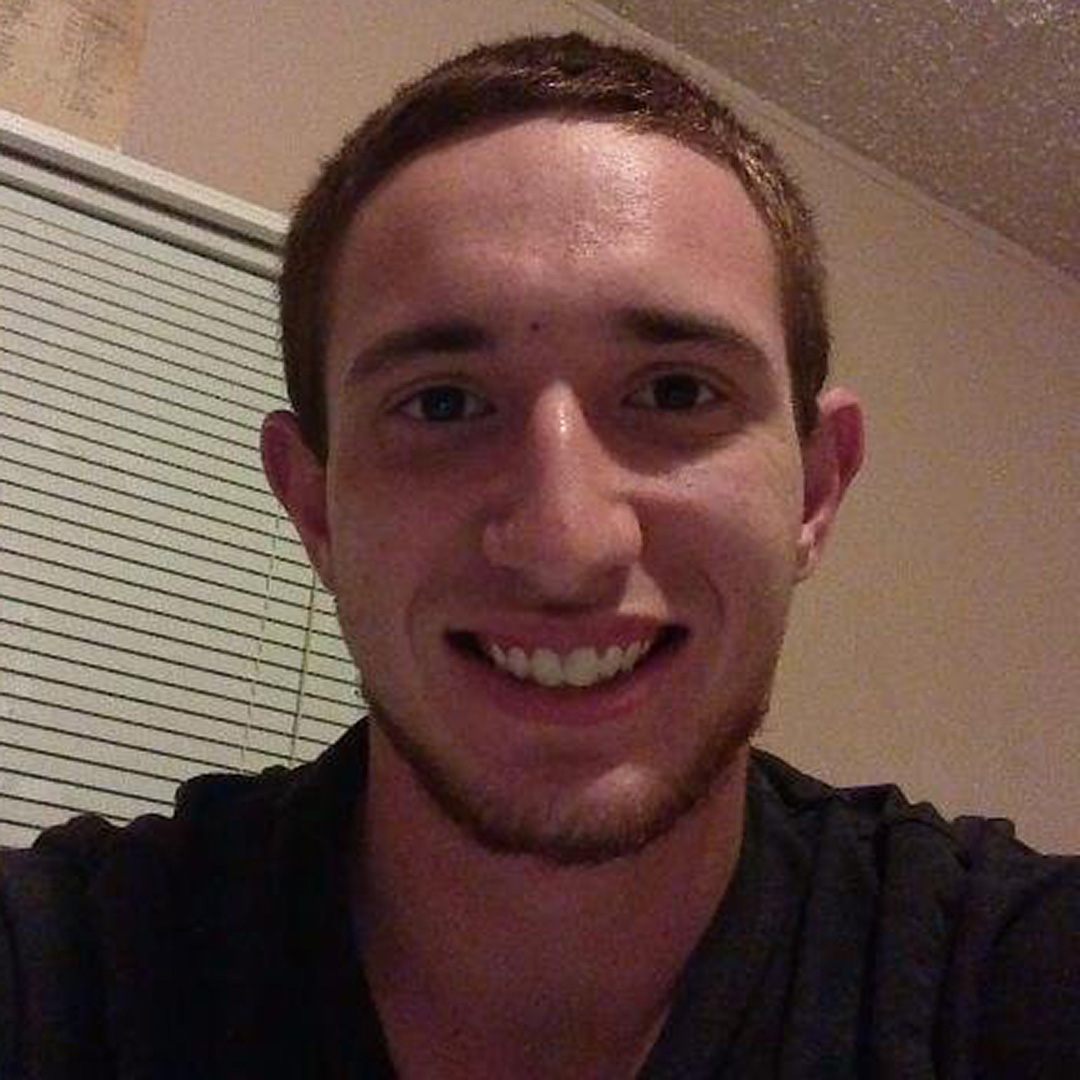This story was updated on June 7 at 4:30 p.m.
Beginning in late 2018, residents living in San Bernardino and eastern Los Angeles counties will no longer be able to say they live in “the 909.”
The 909 area code is expected to run out of numbers around March 2019, so a new area code will be introduced for all new numbers in the region currently being served by the 909 area code beginning September 2018.
Because the new area code will be introduced through a geographic overlay, current telephone numbers will not have to be changed. Customers who request a new phone number will be given the new area code, but the 909 area code may still be used if numbers become available.
In contrast, the 909 area code was created through a geographic split, taking area from the 714 area code in 1992 that forced everyone in the new 909 region to change their phone numbers to reflect the new area code. The geographic split method was used again in 2004 when part of the area served by the 909 area code became the 951 area code.
That was the last geographic split used in California to date, and that method has not been used to introduce a new area code in the United States in over 10 years.
The new area code, which has not been announced yet, is expected to last about 28 years based on past and estimated future new phone number requests.
“An ounce of prevention is really what it is,” said Constance Gordon of the California Public Utilities Commission, which governs area code usage in the state.
Gordon said the geographic split has seen decreasing usage because it tends to be more disruptive than using the overlay method.
“With a split, then half of the people in that area code are going to get new numbers, and that’s pretty disruptive,” she said. “So, if you do an overlay, everybody keeps their current number and only new people getting new phones will have the new area code.”
In the past, geographic splits were seen as a way to minimize confusion. Neighbors were able to simply dial a seven-digit phone number because they knew they were in the same area code. That made it simpler and quicker to dial local phone numbers.
With an overlay, customers are required to dial the area code before the seven-digit phone number, regardless of whether the number is within the same area code. On landlines, this also requires dialing the number 1 before the area code.
However, as more people are using cell phones, the benefits of a geographic split no longer outweigh the disruption of making half of customers change their numbers, requiring businesses to reprint business cards, menus, and anything which might list their phone number.
Cell phones allow customers to instantly dial a saved number and not have to re-type the number each time, so the convenience of preserving seven-digit dialing is not as valuable. While an overlay means two people in the same household might end up with different area codes, saved numbers means they would not have to worry about remembering who has which area code.
An area code can run out of numbers due to the way phone numbers are determined. The first three numbers after an area code are referred to as the prefix, which are assigned to small geographic areas within the area code called rate centers.

The 909 area code has 21 rate centers, most of which align with city boundaries. A prefix can only be assigned to one rate center, and once assigned it cannot be used elsewhere, even if it is rarely used.
For instance, Pomona is one of the 909’s rate centers, and has 40 prefixes assigned to it. Ontario is the area code’s largest rate center with 120 assigned prefixes.
Only 74 prefixes remain available to be used in the 909 area code, which is only 9 percent of the total prefixes available to it.
The CPUC held three public hearings in Pomona, San Bernardino and redlands in April in order to share with the public how they planned to introduce the new area code and to give the public an opportunity to give feedback. The meetings were not well-attended, but those who did show up were mostly in favor of the move, especially the overlay method being used.
Two commenters, however, showed up in support of using the geographic split method.
Though it is unlikely that the commission will go another route in order to prevent the 909 from running out of numbers, they are not expected to make an official decision until later this year.



